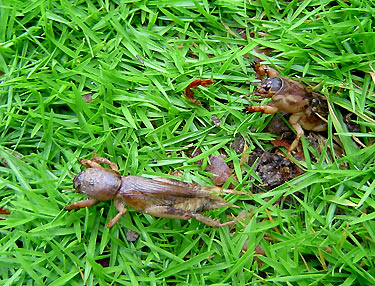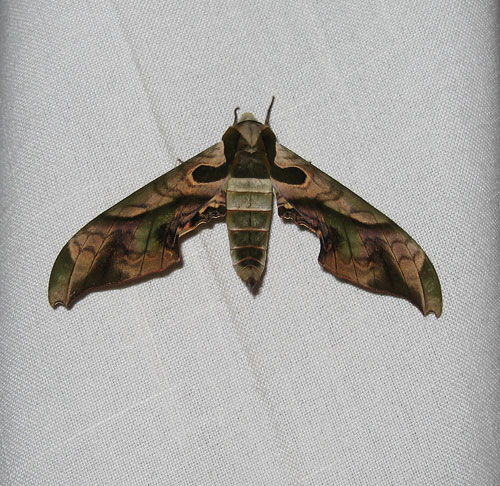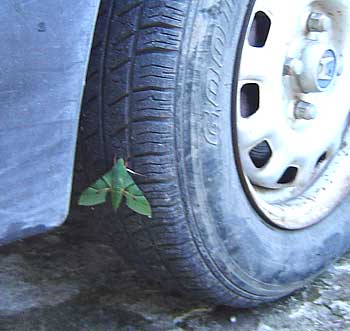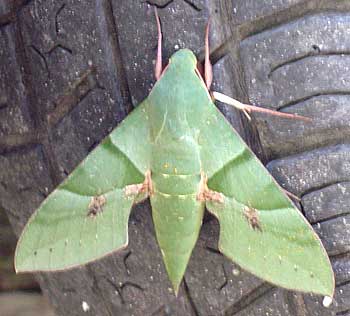| GreenGardeningCookingCuring.com | W
PAGE |
| HOME |
| Tour Our Destination Websites | Taxco-Today.com | Oaxaca-Today.com | Montserrat-Today Site |
| See our silver designs at Krika.com | Read our travel stories and other tales at Krika.com |
|
|
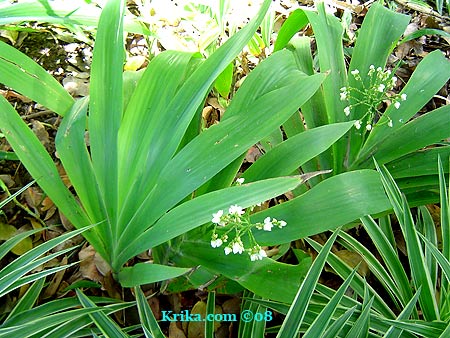 **Walk
Fast, Cola de Paloma (Spanish) Xiphidium caeruleum and/or Xiphidium
caeruleum Aublet **Walk
Fast, Cola de Paloma (Spanish) Xiphidium caeruleum and/or Xiphidium
caeruleum AubletThis is a lovely additional option for your warm climate shady garden. It will grow to have leaves about 15" long and it will spread nicely once it settles in. Now and again it will have delicate white flowers. Benefits: It is said to have been used as a curative for callous cracks on the soles of feet and on other types of calluses as well. From: Mexico, the Caribbean and South America Photographed: To the left, in our shady terrace garden at our former home on the Caribbean island of Montserrat and below in the Jardin Botanique in Tahiti in 2012. Planting and Care: This plant prefers the shade and it will survive dry periods well, but it does seem to do much better when given regular rainfall or watering. As you can see in the photograph on the left, I paired it with spider plants for a companionable bit of green and white. Text and Photographs ©GreenGardeningCookingCuring.com 2013 This was one of my plant mysteries kindly solved by the very knowledgeable Ursula G. living in Southern Germany |
||||
|
||||
| **Walking Iris See The "I" Page IRISES -- Walking Iris | ||||
| Walnuts Juglans
regia For some reason growing up in Rhode Island automatically meant eating a lot of walnuts. They were in the Thanksgiving nut tray, many of the fruit breads my mother made, a staple ingredient of "maple walnut ice cream" and always in brownies. Having moved to Mexico, I began to prefer all my recipes made with pecans, which seem to lack the often bitter edge of walnuts. Benefits: I've now seen walnuts being touted as reducing high blood pressure and more oddly as the perfect food to eat if you want to toss away your chap stick tube. In the latter case it was even specified that eating 7 whole unshelled walnuts a day would do the trick. If you try it, I'd love to hear if it works so I can toss out my chap stick. From: Asia Photographed: In the Royal Botanical Gardens in Sydney, Australia, 2013. Planting and Care: Text and Photograph ©GreenGardeningCookingCuring.com 2013 |
||||
| **Wandering Jew -- See The "I" Page -- INCH PLANT | ||||
Watercress Nasturtium
officinale |
||||
| Water Ivy -- See the "G" Page -- GERMAN IVY | ||||
Watermelon |
||||
| Watermelon Plant -- See the "A" Page -- ALUMINUM PLANT | ||||
| Wax
Plant Hoya camosa Benefits: From: Planting and Care: Text and Photograph ©GreenGardeningCookingCuring.com 2013 |
||||
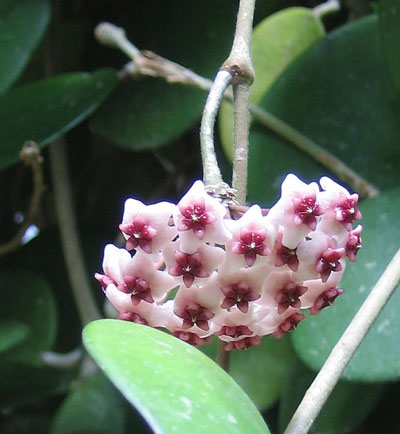 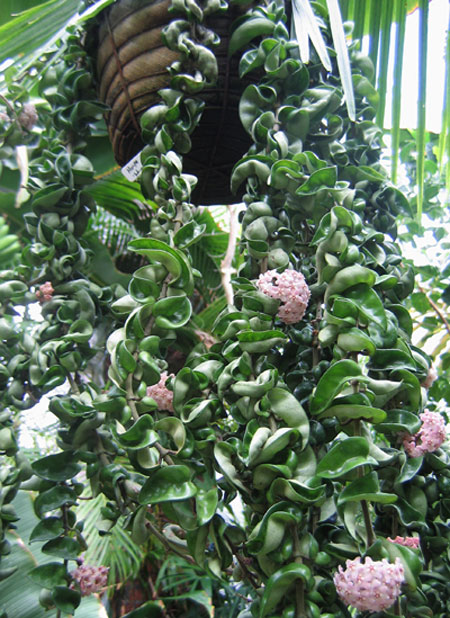 Photographed: In
the Winter Garden in Auckland, New Zealand,
in
2013. Photographed: In
the Winter Garden in Auckland, New Zealand,
in
2013. |
||||
| Web Sites See The "L" Page -- Links | ||||
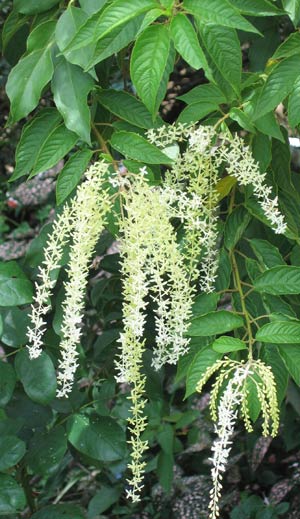 Wedding
Bouquet Ledenbergia peruviana Wedding
Bouquet Ledenbergia peruvianaAs you can see in the photographs this is one of those very special shrubs that should find its way into any warm climate garden. I tried researching it for a common or scientific name now and then for a few years or truthfully for anything else about its growing preferences with no luck until a visitor to this site wrote to tell me its name. Benefits: From: South America Photographed: In the Botanical Garden at the Hotel Atitlan on Lake Atitlan in Guatemala in 2013. Planting and care: This is a tropical plant that will do fine in full sun or in a sunny place in the garden that gets some shade. During the growing season it likes to be moist, but it prefers to be a little drier during its resting period. Text & Photographs ©GreenGardeningCookingCuring.com 2013/2018 Shrub Mystery solved by Ursula G. living in Southern Germany |
||||
|
||||
| Weeping Maple See the "F" Page -- Flowering Maple | ||||
Wheat Triticum
spp. |
||||
|
||||
|
||||
|
||||
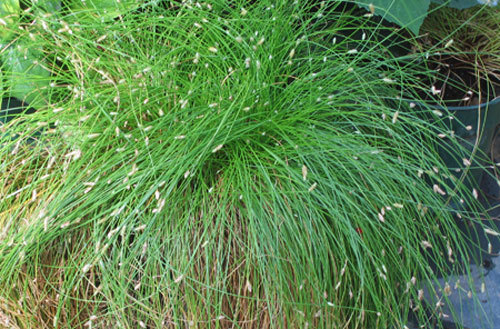 Whiskers Scirpus
cernuus Whiskers Scirpus
cernuusThis is a delightful border plant I'd never seen before. Benefits: From: Photographed: In the Winter Garden in Auckland, New Zealand, 2013 Planting and Care: Text and Photograph ©GreenGardeningCookingCuring.com 2013 |
||||
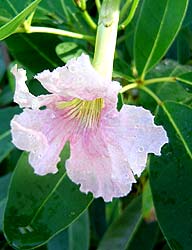 **White
Cedar Tree Tabebuia
heterophylla (DC.) Britton or Tabebuia pallida (Lindl.) **White
Cedar Tree Tabebuia
heterophylla (DC.) Britton or Tabebuia pallida (Lindl.)Normally growing to 60 feet, our white cedars were trimmed unmercifully by the former owners; the trees were probably invading the ocean view or suffered lost branches in the devastating Hurricane Hugo which hit Montserrat in 1989. The leaves of these trees are very attractive, oval and a bright dark green. We are nursing along those that we have. They aren’t as beautiful as they might have been, but it is too late now for them to achieve their real distinction. They provide a few but very lovely trumpet shaped lavender flowers and the wood is said to be attractive. Benefits: The leaves and twigs of this tree made into a decoction are believed to provide an important cure for the fish poisoning disease called Ciguatera. From: Photographed: Just below our bigger mango tree at our former home in Montserrat. Planting and Care: Text & Photograph © KO2005 |
||||
|
||||
| White Ginger See the "G" Page -- GINGER -- White Ginger | ||||
| White Rattle Shaker | ||||
| **White Wood Sorrel See The "S" Page SHAMROCK PLANT | ||||
| **Wild Cinnamon Tree See The "B" Page BAY RUM TREE | ||||
| **Wild Cumin See The "C" Page CARAWAY | ||||
WILDLIFE IN OUR TROPICAL GARDEN AND IN OTHERS Animals, birds, lizards, snakes, spiders, insects and more! Montserrat
does not have a long list of sizeable or dramatic wildlife --
our
own pretty wild chickens and the daily visit to our vegetable gardens
by a few agoutis, large rodents endemic to the Caribbean,
an iguana
or two and our neighbor's cats and dogs all made the short list
of what we thought of as animals on the island. |
||||
ANIMALS |
||||
**Agouti,
Rabbit (in Montserrat) |
||||
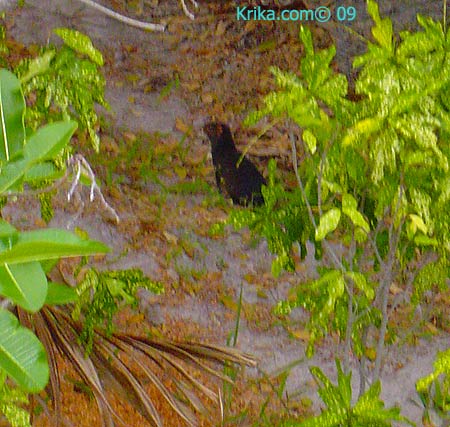 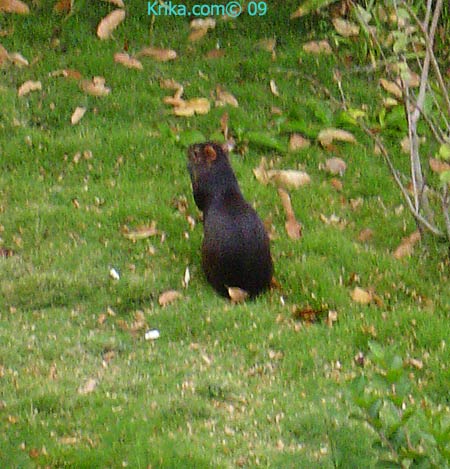 Photographed: From
our deck looking over the national park toward St. Peter's at
our former home in Montserrat. Photographed: From
our deck looking over the national park toward St. Peter's at
our former home in Montserrat. |
||||
BEES |
||||
Photographed: At
the Blithewold Mansion, Gardens and Arboretum in Bristol, RI, in
the USA in 2014. |
||||
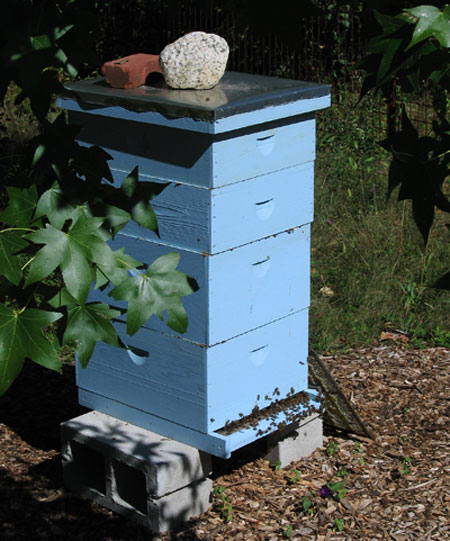 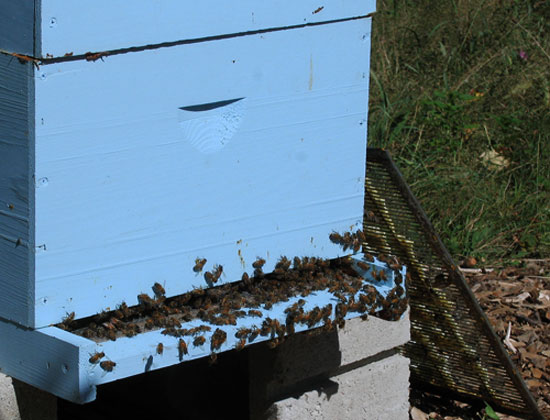 |
||||
|
||||
BIRDS |
||||
| Australian
White Ibis Threskiornis molucca We encountered these birds first in the Botanical Garden in Sydney and later in the Chinese Garden there. They are not aggressive in a nasty way, but they will step in to take something they want if the opportunity comes their way. In the end, they have a funny sort of appeal. |
||||
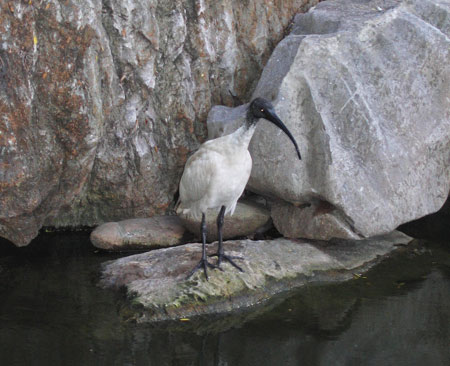 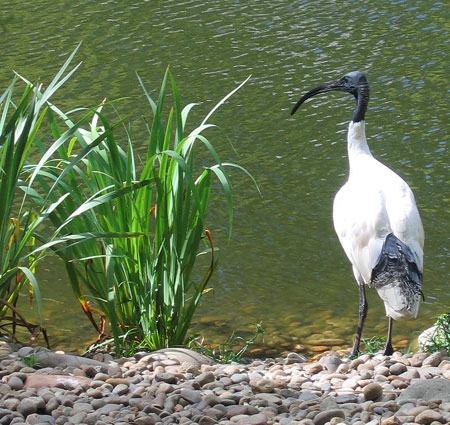 Photographed: At
the truly special Chinese Garden in Sydney, Australia, 2013. Photographed: At
the truly special Chinese Garden in Sydney, Australia, 2013. |
||||
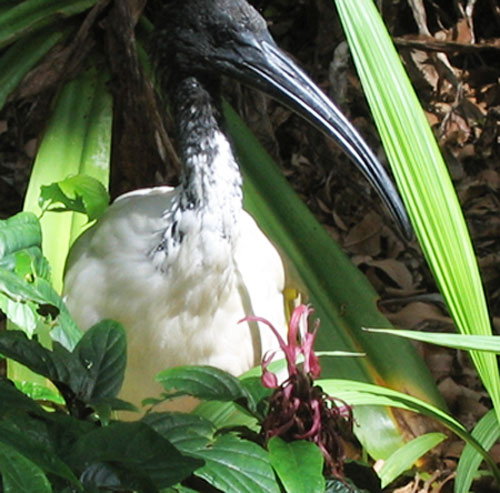 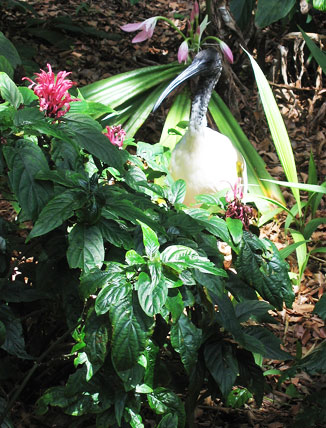 Photographed: At
the extraordinary Royal Botanical Garden in Sydney, Australia, 2013. Photographed: At
the extraordinary Royal Botanical Garden in Sydney, Australia, 2013. |
||||
Bananaquit Photographed: On our terrace in Crown Point, Tobago, in 2017 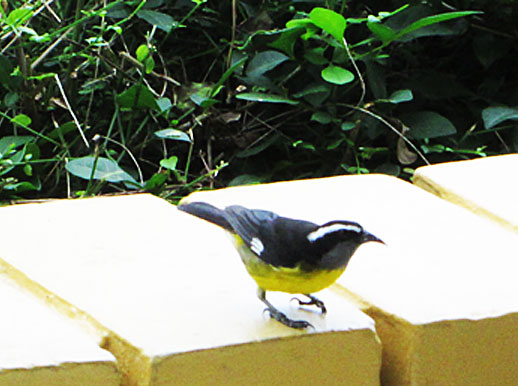 |
||||
Mystery
Bird Photographed: In our apartment garden in Crown Point, Tobago, in 2017 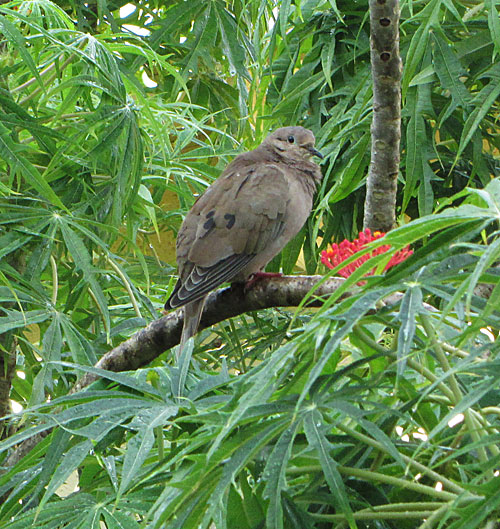 |
||||
Mystery
Blue Birds Photographed: In Golden Grove, Tobago, in 2018. 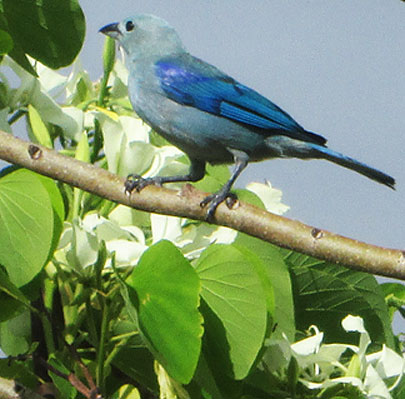 |
||||
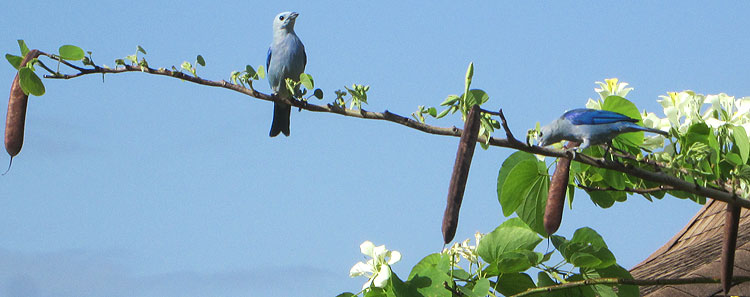 |
||||
'Noisy
Miner' or Indian Myna |
||||
'Noisy
Miner' or Indian Myna |
||||
|
||||
Birds
by the Marsh |
||||
**Green
Backed Heron (in Montserrat) Butorides virecens Bob
was identified by our neighbor Jotinder B. from Britain who lived
and worked for a while in Montserrat. |
||||
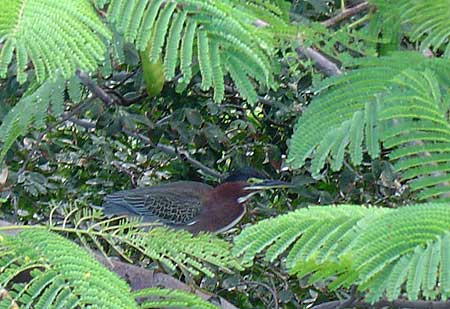 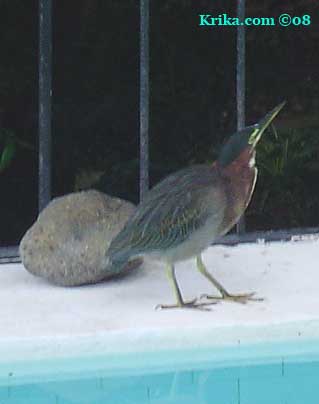 Photographed: From
our deck looking over the national park toward St. Peter's and
by our pool at our former home in Montserrat. Photographed: From
our deck looking over the national park toward St. Peter's and
by our pool at our former home in Montserrat. |
||||
| **Caribbean
Pigeon (in Montserrat) or Mystery Bird This is one of the larger more common birds on Montserrat. Some of the older folks there speak very fondly of having eaten them when younger. At a distance they simply seem very dark, but you can see how lovely their coloring is in the photographs below. This fellow was stunned after flying into a glass window in our dining room. After sitting for a while on our deck he recovered and flew away. Photographed: On our deck railing at our former home in Montserrat. Text and Photographs ©Krika.com 2009 |
||||
|
||||
|
||||
As
he calls to his love, the little fellow plumps up his neck and
brightens his coloring. We believe that doves mate for life so
all of this courting seems to have real benefits. Maybe we can
learn something from them. Text and Photographs ©Krika.com 2009 |
||||
|
||||
Central
American Parrot (Guatemala) |
||||
|
||||
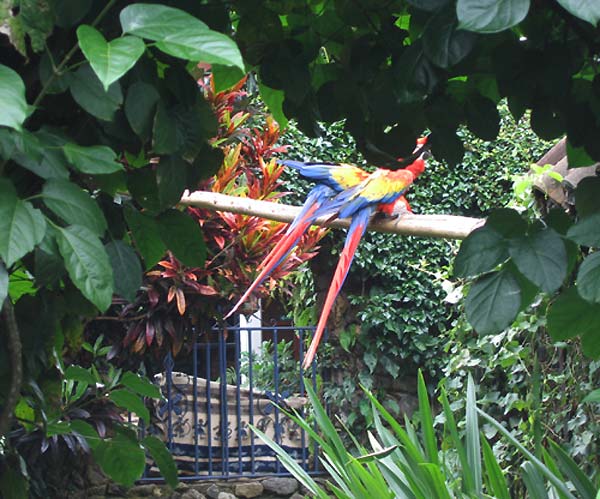 |
||||
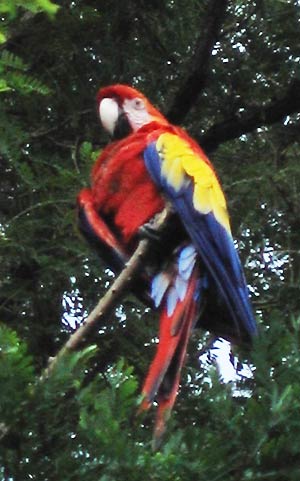 |
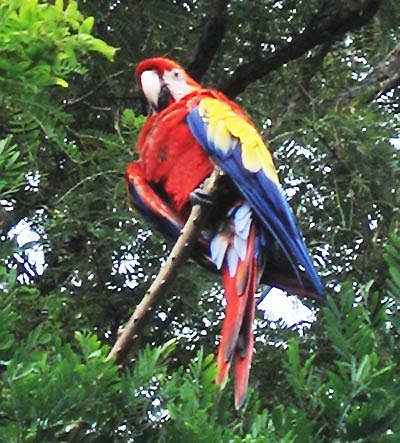 |
|||
|
||||
|
||||
On the right is a female albino peacock. She has never been able to produce young.
|
||||
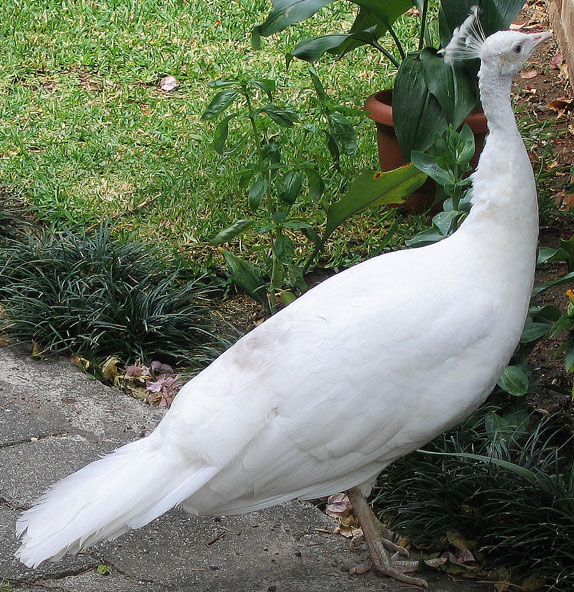 |
||||
|
||||
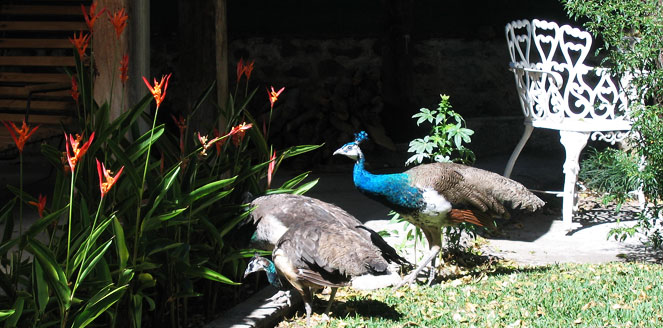 |
||||
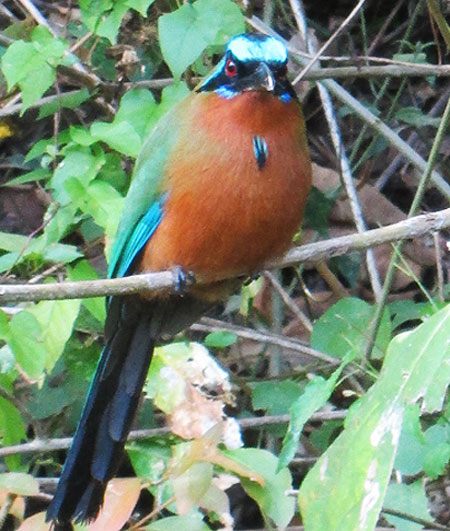 Wild
Bird Mystery Wild
Bird MysteryPhotographed: At the Grafton Bird Sanctuary in Grafton, Tobago, in 2018. |
||||
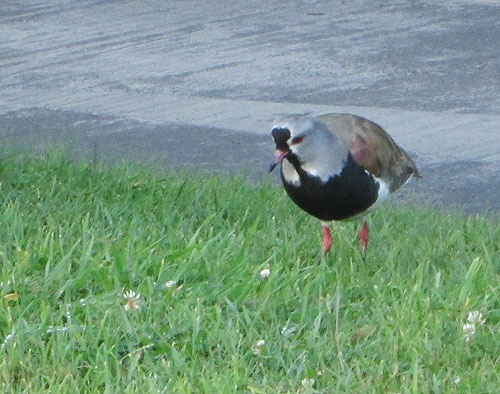 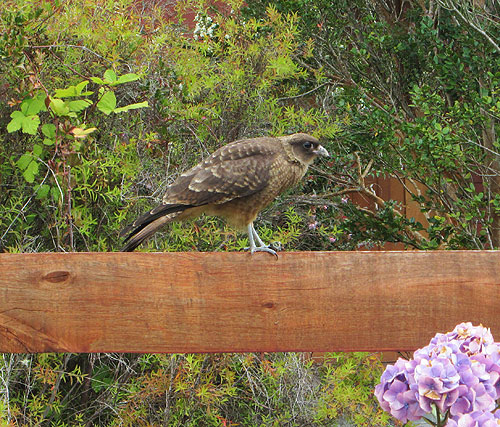 Wild
Bird Mysteries 1 and 2 Wild
Bird Mysteries 1 and 2Photographed in Osorno, Chile in 2019 |
||||
|
||||
BUTTERFLIES AND MOTHS |
||||
|
||||
Mystery
Butterfly #1 (Guatemala)
|
||||
CHICKENS
(Montserrat) |
||||
|
||||
FROGS
AND TOADS |
||||
|
||||
|
||||
|
||||
|
||||
LIZARDS |
||||
|
||||
**Ground
Lizards (In Montserrat) |
||||
|
||||
|
||||
|
||||
|
||||
|
||||
CRABS |
||||
| **Black
Crab. Jumbie Crab (In Montserrat) Stepping out to the road one night as we were "beeped" by the horn of a car we could not see, we found this peculiar fellow along with Oriel Watts delivering a fresh sirloin of beef. The crab was by the side of the road, a foot wide creature with a very aggressive nature. My husband, Stassi, was trying to corral it for some pictures, but he retreated quickly in the face of its attack. Oriel was very uncomfortable saying to us, "You can't eat it and they are bad luck. It's a jumbie crab." Oriel is a man over six feet tall and very substantial, yet this little crab was very upsetting to him. He couldn't get back in his car and away quickly enough. Text and Photographs ©Krika.com 2009 |
||||
|
||||
|
||||
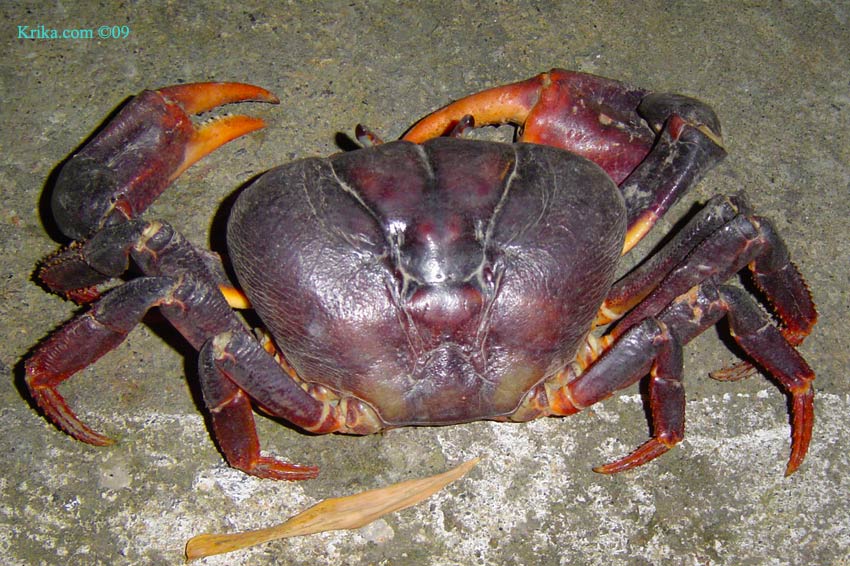 |
||||
|
||||
| **Young
Black Crab or Mystery Crab (In Montserrat) One day we discovered this creature on the first stair of our pool. When he realized we were there and intent on pool cleaning he decided to let us know that he was NOT PLEASED! It is surprising here in Montserrat how aggressive very small animals are. This little fellow, two inch lizards and more will stand up and fight when they could simply scamper away. We found people on the island behaved the same way. Text and Photographs ©Krika.com 2009 |
||||
|
||||
| **Ants (In
Montserrat) Ants are the green revolution insects in the garden. They bring and care for aphids and a host of other insects who all produce products the ants harvest. Though there might be beneficial effects of having ants in the garden, I’ve never heard of even one. We just learned from an older fellow in Montserrat that his parents used their urine directly on sorrel, cassava, tomato plants and lime trees to eliminate the ants that find the roots of these plants and trees to be especially delectable. We used a ten to one dilution (10 parts water/1 part urine) and found far fewer ants the next day. The plants were fine and seemed to appreciate the absence of ants. Text © KO 2008 |
||||
|
||||
|
||||
|
||||
|
||||
|
||||
Ladybugs (In
Maine) |
||||
|
||||
|
||||
| **Mosquitoes Treatment: Many years ago when in Panajachel, Guatemala, the elderly owner of our quaint hotel told us to use the old fashioned variety of Colgate toothpaste on mosquito bites to stop the itching. It’s marvelous, though you may appear temporarily splotchy. You can also crush guava leaves and apply them to the bites. Just this week an excellent dermatologist in Guatemala City explained that the mint in toothpaste calms the skin. Maybe I'll try a mint tea rather than the toothpaste. Text ©KO 2008 and GreenGardeningCookingCuring.com 2013 |
||||
|
||||
|
||||
| **Root
Knot Nematodes This is a common problem in agriculture in the Caribbean. Since these critters live in the soil, infected plants are identified by knot formations on their roots. Treatment: The problem can be alleviated, not cured, by inter planting marigolds with more vulnerable vegetables. This control method will take a year or two before you will notice improvement. The marigold treatment worked very well for us, no question. Text ©KO 2008 and GreenGardeningCookingCuring.c0m 2013 |
||||
| **What this little fellow below was a mystery for some years, but we got word it is a species of Hawk Moth (In Montserrat). | ||||
|
||||
**Spiders (In
Montserrat) Here are some techniques for repelling spiders. |
||||
WORMS |
||||
Alabama Jumpers These were the first worms I learned were destructive in the soil as well as often being startling as they jump wriggling from it. Apparently they are voracious root eaters which we discovered when they decimated our amaryllis bed. Of huge bulbs only a few survived the onslaught of Alabama Jumpers. To give you an idea of how bad a problem they might be, we removed over 200 large jumpers from a 1 square yard area of garden. Web Options I found: 1. A 20%
solution of vinegar and water will spell death to the jumpers. What has worked for us: 1. We noticed when tossing out soapy water from our clothes washing basin on the soil one day it brought worms to the surface in apparent distress. We didn't know if it killed them so we did a small test area and found that it didn't, but it did bring them up where we could catch and remove them. The soap did seem to kill the tiny ones. We now spread a simple "lemon scent" detergent on the ground liberally and spray it with the hose until the ground is wet and soapy. Next we wait and watch as the jumpers appear and collect them in an old straight sided pot. When it appears we have harvested as many as will come to the surface, we put the pot in the sun and go on to better things. 2. When preparing potting soil you surely don't want these critters in the dirt. The best way we've found is to place the dirt on a large plastic sheet in the sun. Next sprinkle lime on it and rake it in. Leave it in the sun for a few days raking it to evenly expose it to the sun's heat and then you're ready to go. Please do get in touch if you have easier or more effective solutions. |
||||
ALLIGATORS, CAIMAN AND CROCODILES |
||||
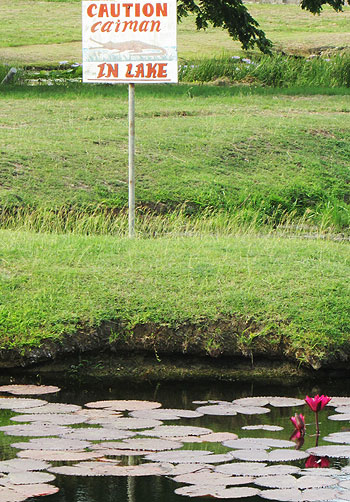 Caiman CaimanThis isn't actually a caiman, but a warning about caiman in the ponds dotted around an upscale neighborhood in Tobago. We saw these warning signs as well at the Magdalena Hotel golf course and at their nearby residences. Benefits: From: Photographed: In a gated community in Golden Grove, Tobago, in 2018. |
||||
| Windburn See The "P" Page -- PALMS --Cabbage Palm | ||||
| Winter Starburst See the "F" Page -- FIREWORKS | ||||
**Wisteria Wisteria
chinensis DC or Native Wisteria (Australia) Hardenbergia
comptoniana |
||||
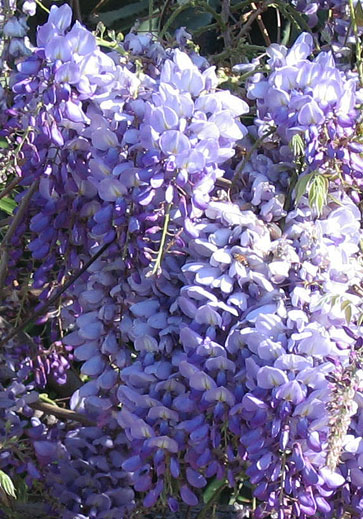 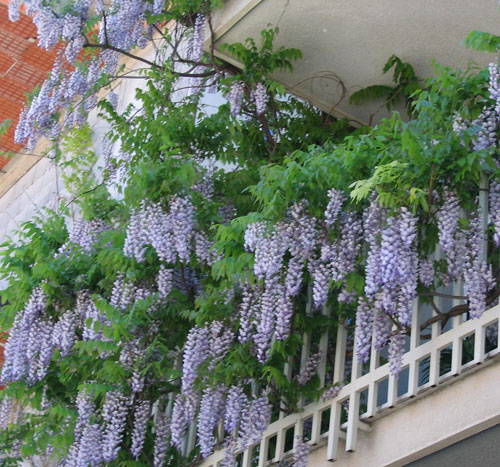 Photographed: By
the side of the road crossing Sicily north
to South, Italy, 2012. Photographed: By
the side of the road crossing Sicily north
to South, Italy, 2012. |
||||
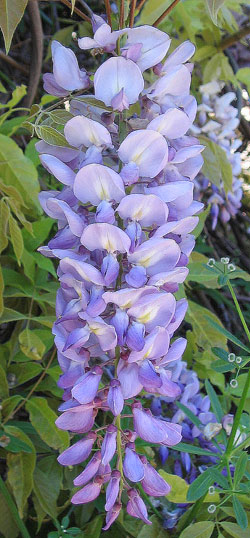 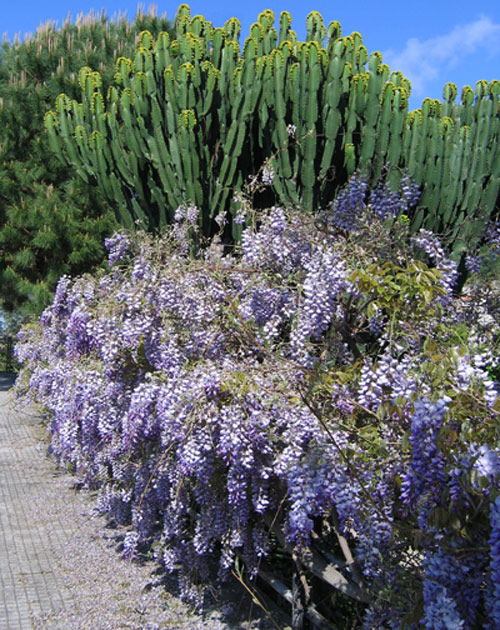 Photographed: By
the side of the road crossing Sicily north
to South, Italy, 2012. Photographed: By
the side of the road crossing Sicily north
to South, Italy, 2012. |
||||
Wood Sorrel See the "S" Page -- SHAMROCK I AND SHAMROCK II |
||||
|
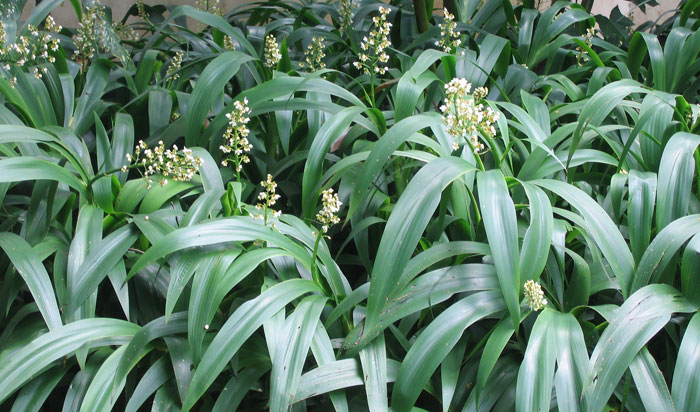
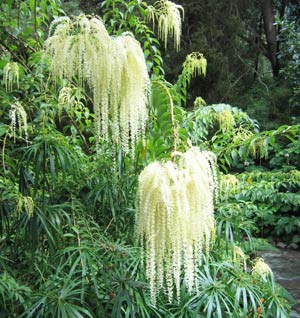
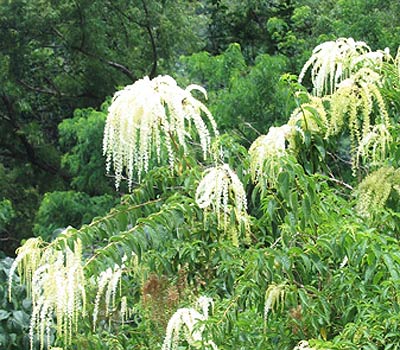
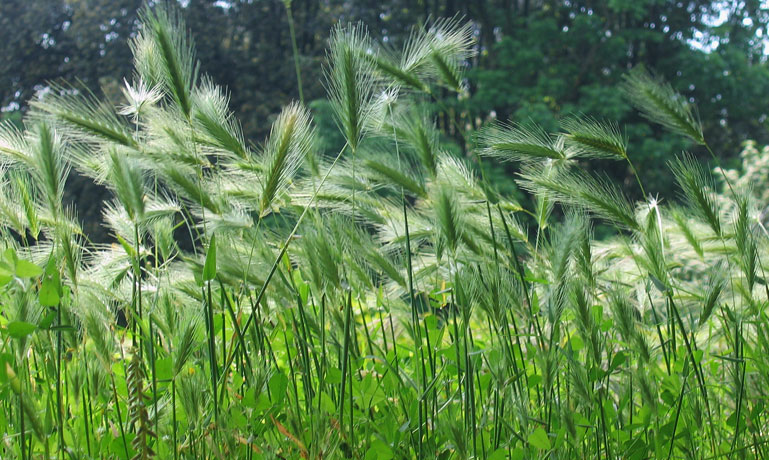
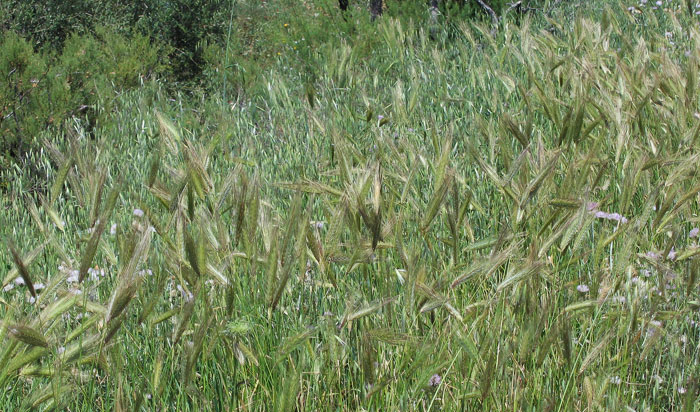
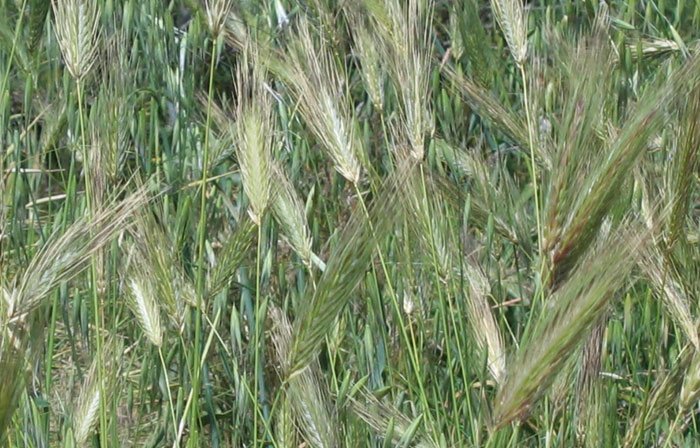
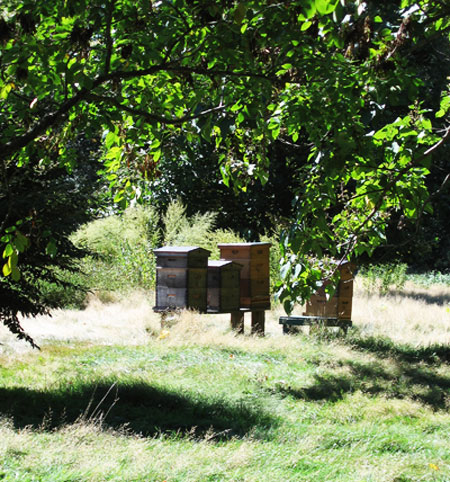
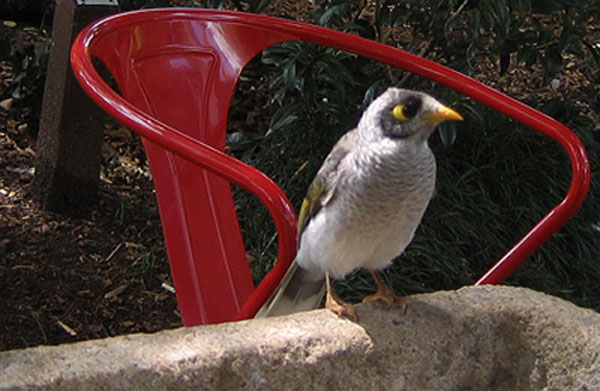
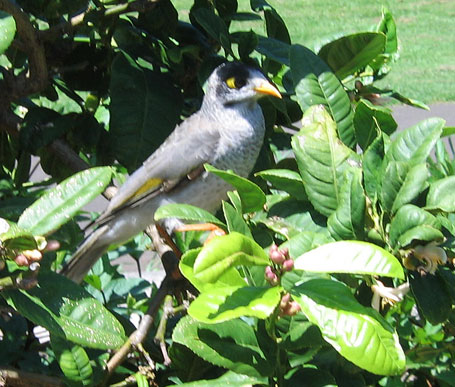


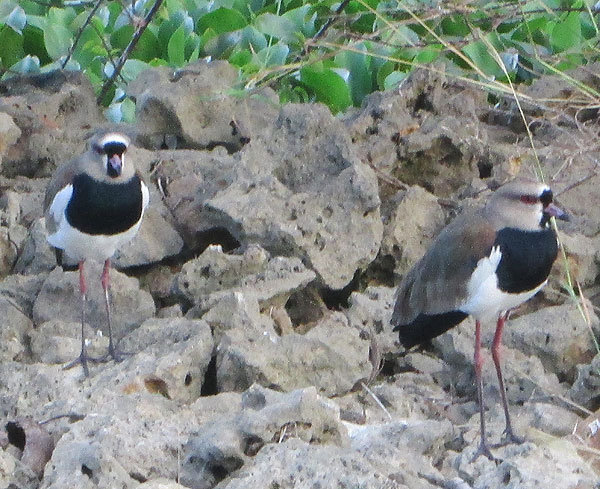
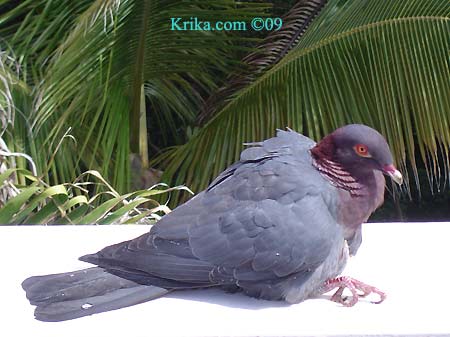
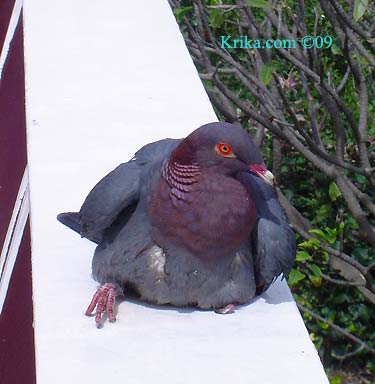
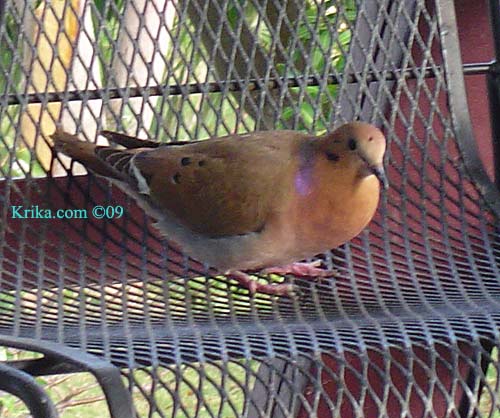
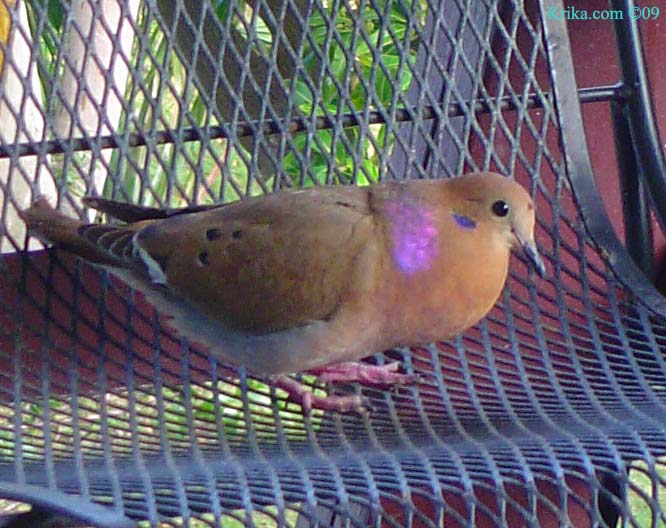
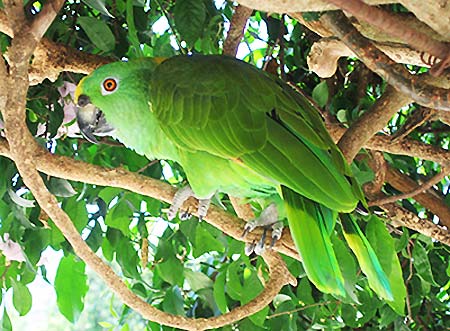
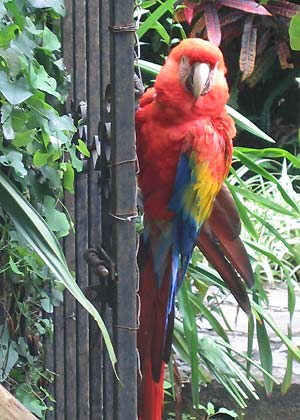
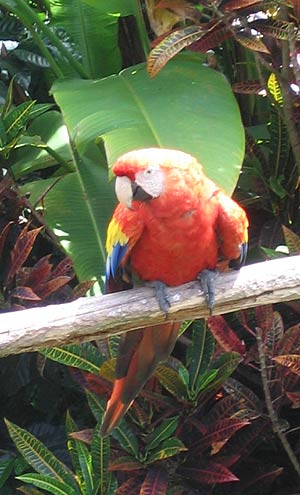
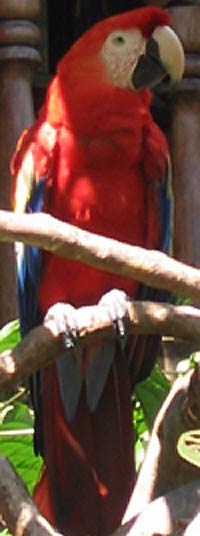
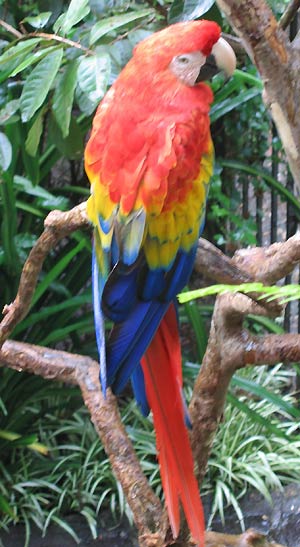
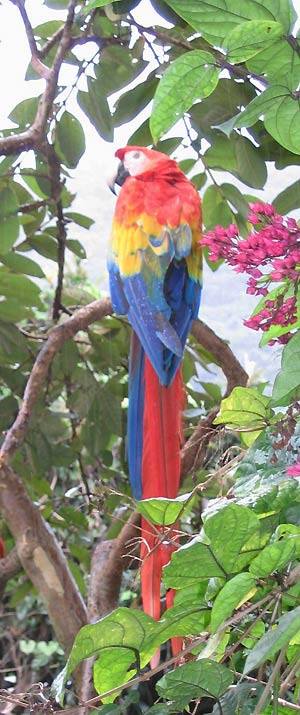
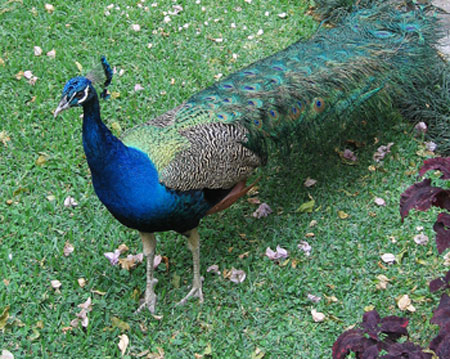
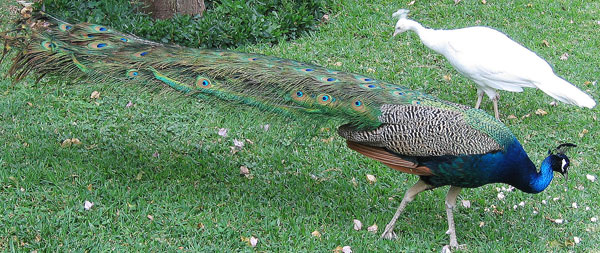
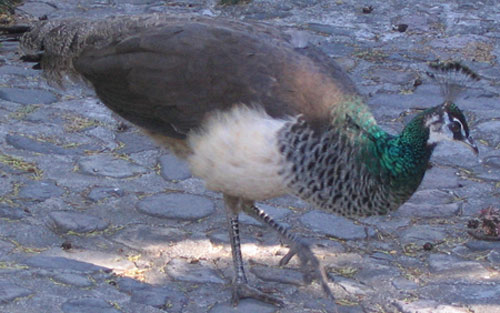
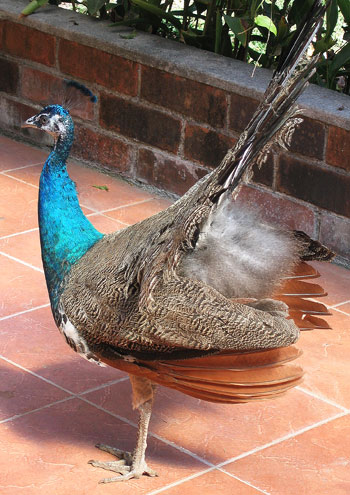
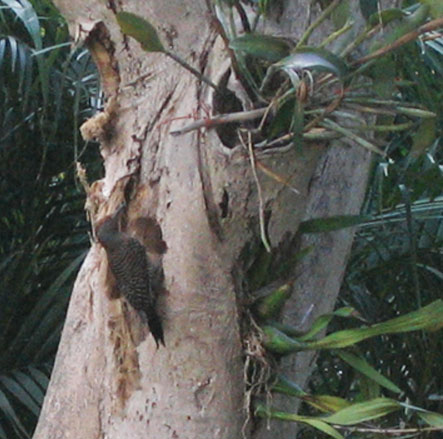
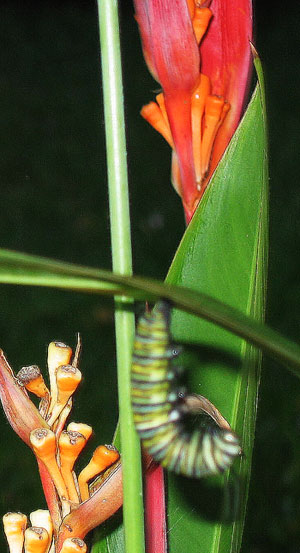

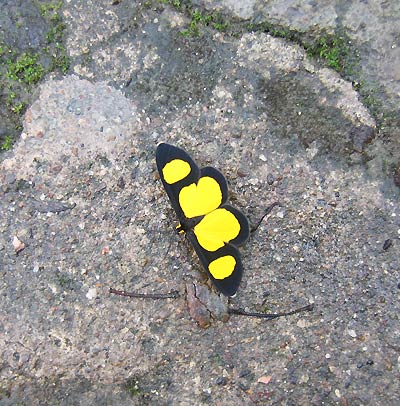
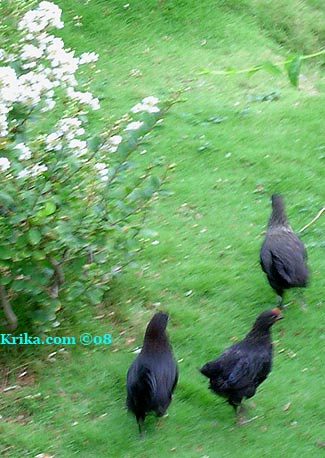
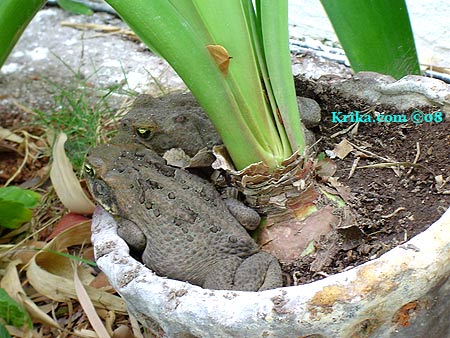

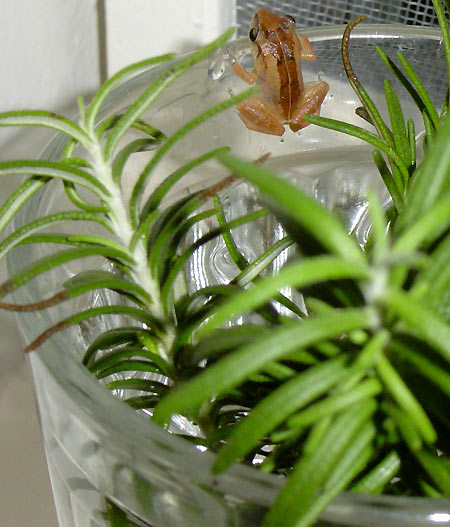
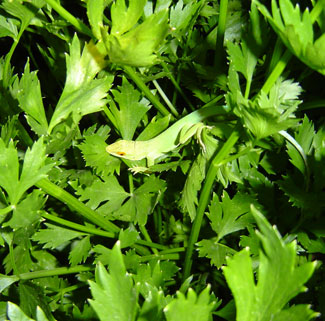
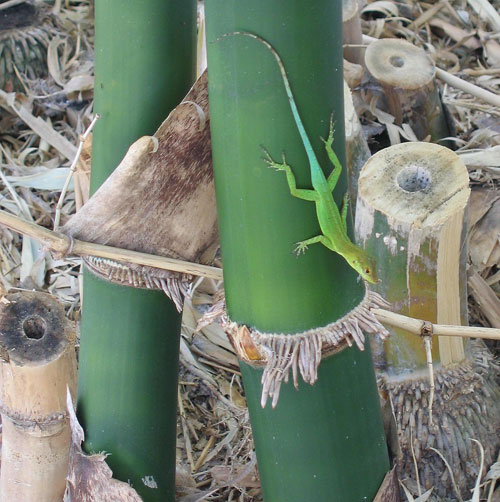
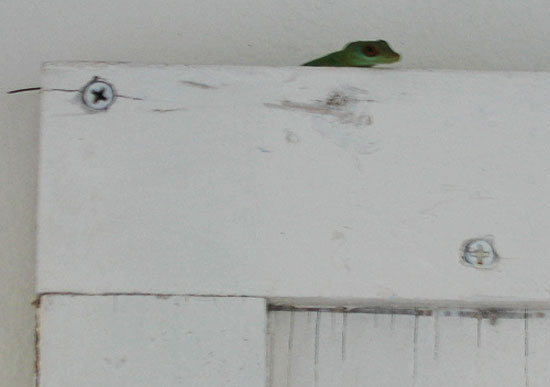
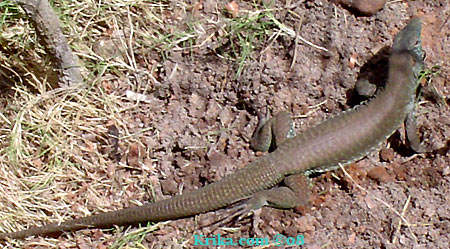
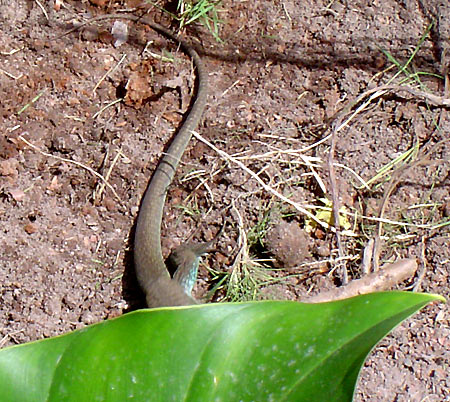
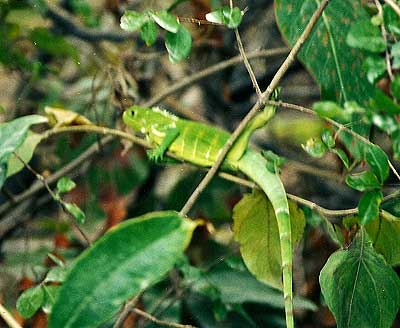
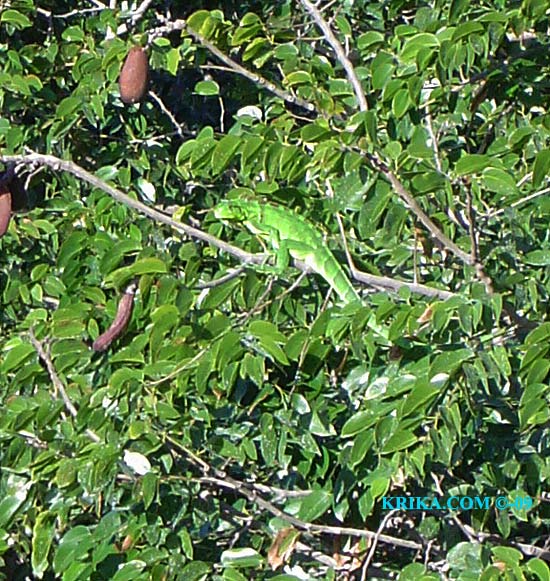
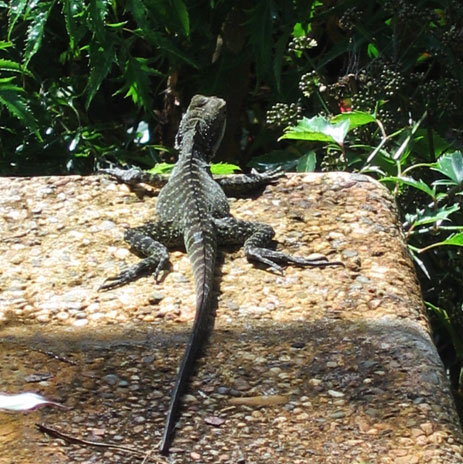
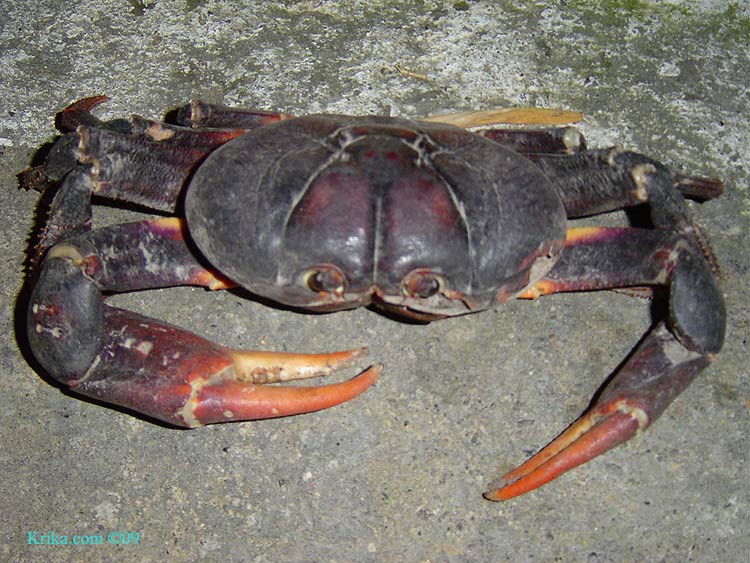
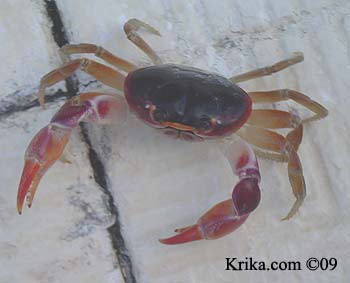
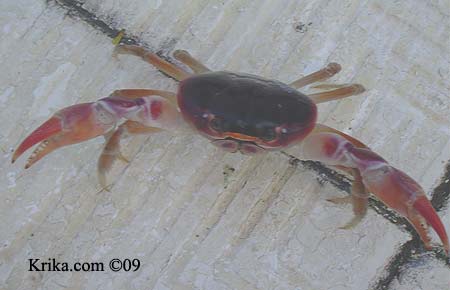
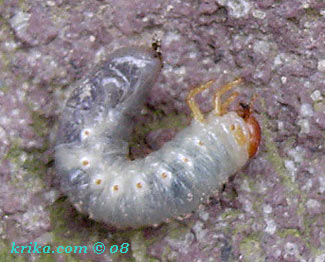
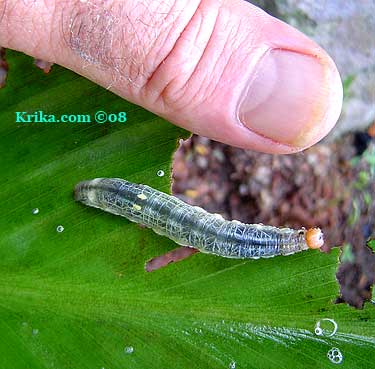
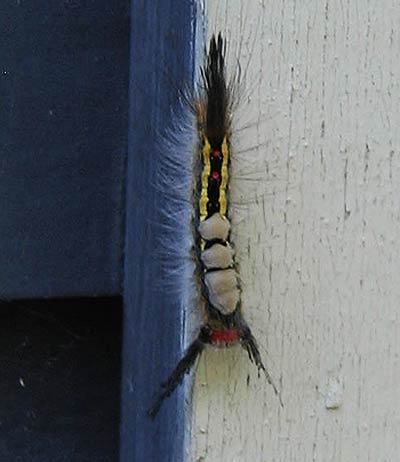

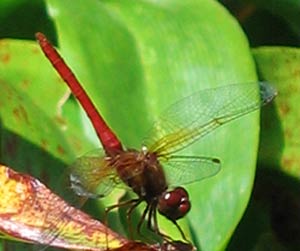
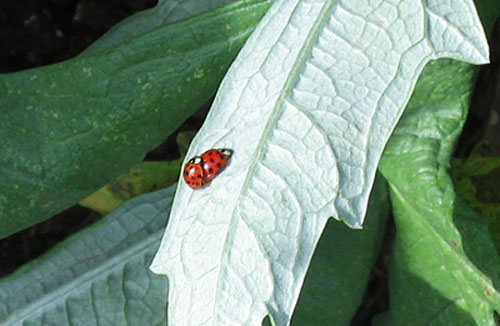
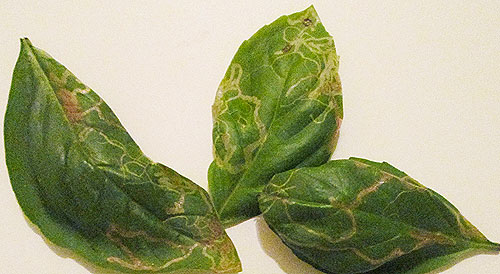 Leaf
Miners
Leaf
Miners